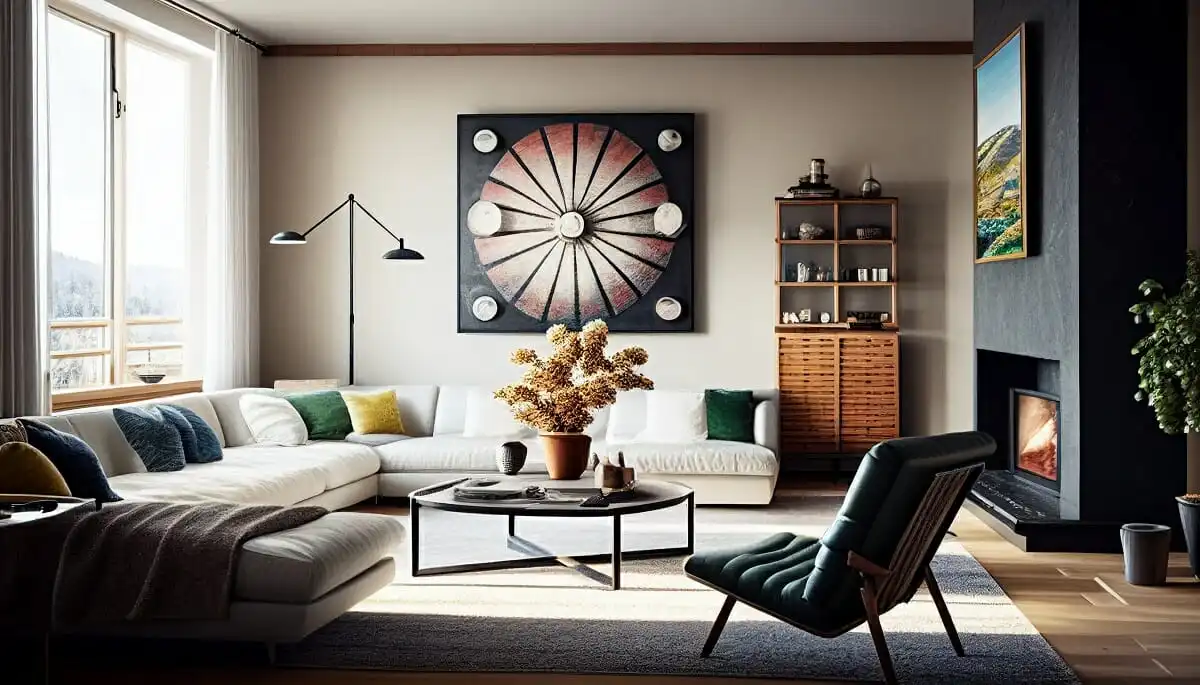Table of Content
10 Window Glass Design Ideas
To make your home appear unique, pick from these 10 distinct types of window glass designs and styles:Picture window glass design
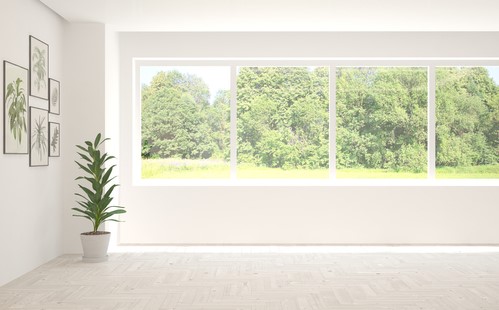
Casement window glass design
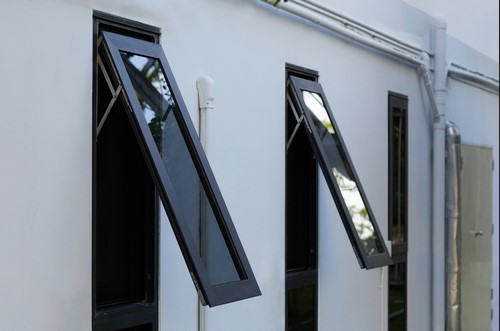
Awnings window glass design

Single and double-hung windows glass design
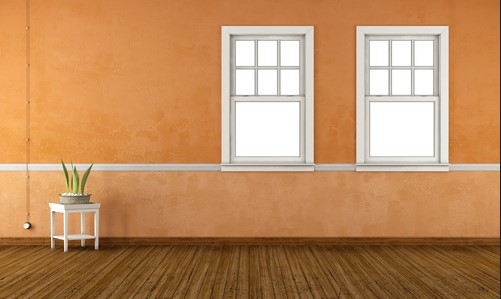
Bay or Bow windows glass design
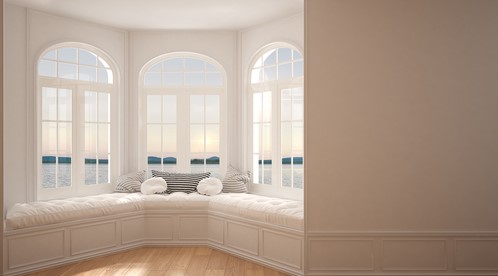
Slider windows glass design

Transom windows glass design
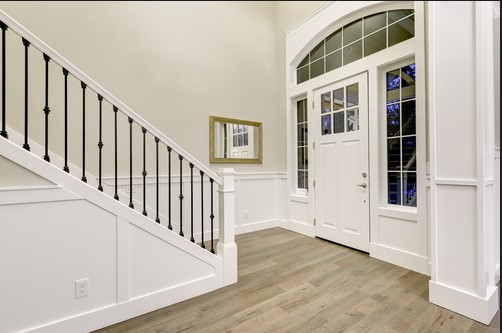
Dormers windows glass design

Skylight window glass design

Clerestory window glass design
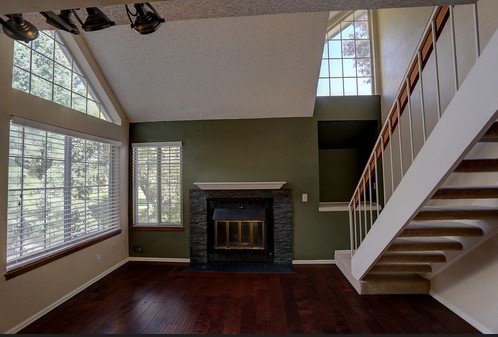
Different glasses used in window glass designs
If you plan to build your ideal home or renovate an existing one, here are some of the latest and in-demand window glass designs to consider.
Frosted glass: Designs made of frosted glass have a smoky texture that makes them translucent. To pick the degree of transparency, you can choose between glass that is only slightly frosted and glass that is significantly frosted. The majority of people today favor frosted glass window styles. One of the biggest benefits of using frosted glass designs is that it allows for adequate light transmission without allowing outsiders to see through it. As a result, frost glass designs for windows are frequently used in places where privacy is crucial. They are utilized in the study, dining, and bathroom windows.
Laminated glass: Glass that has been laminated is a great option for safety. It has one or more layers of PVB bonded between two or more glass sheets. Glass that has been laminated is more durable and less likely to break. Glass fragments have a propensity to stick to the plastic or resin layer when they break. Additionally helping to absorb sound is laminated glass.
Mirrored glass: It is a type of glass that serves as a mirror by reflecting your image on one side and the surrounding area on the other. Such window glass designs are popular because mirrored glass has many uses when isolation is necessary. Many modern residential buildings have enormous mirror-glassed wall-to-wall windows. Anyone positioned outside this glass will only be able to view their reflections and not what is happening inside. Those within the home can look out the window and perhaps take in the sunshine at the same time.
Stained glass: Stained glass designs mostly feature artwork and are very lovely. You may personalise windows with coloured stained glass, depending on your preferences and overall style.
Smart glass: The homeowner's seclusion is enhanced by these designs. They change from being translucent to completely opaque when the sun sets or when you push a certain button. These glasses are easily usable in both domestic and professional contexts.
Reflective and tinted glass: For sun management, tinted or reflecting glass is appropriate. Solar radiation is absorbed by tinted glass, which also reduces glare from the sun. The amount of pigment, which comes in a variety of colors, impacts how much light is transmitted. Reflective glass lets in natural light while reflecting heat and radiation thanks to its metallic coating.
Insulated glass: For sound insulation, insulated or double glass is a great option. It is constructed of two glass sheets with an air pocket sandwiched in between them that are sealed at the edges. The thermal efficiency is increased by the insulating air or gas between the two layers by reducing heat loss, air leakage, and condensation. If you live in an area that is subject to severe weather, you can utilize triple glass glazing.
Eco-friendly glass: You can choose patterns for window glass that are both aesthetically beautiful and environmentally beneficial. Glasses with thermal insulation are designed to reduce the amount of heat that enters the house. As a result, you can avoid using the air conditioner and save your utility bills.
Popular frame materials for window glass designs
Wood: Wooden frames have a subtle, elegant touch and are fairly adjustable. It does not transmit heat well and is a better energy saver than aluminum. While rust is not a problem, if the frames are not treated properly, termites and rot could occur. Excellent quality wood frames are an expensive choice, but they last a very long time and are perfect for damp environments. They need routine maintenance, such as painting or polishing.
Aluminium: Although lightweight, strong, and long-lasting, aluminum frames do not provide adequate heat insulation. Different sizes, forms, and powder coating colors can be customized for them. However, if the anodization fades, they need intensive care. The likelihood of aluminum oxidizing and corroding increases if you live close to water. Aluminum frames have a less environmental impact because they are simpler to recycle.Fibreglass: The most environmentally friendly choice is fiberglass because of its extreme durability and weather resistance. The frame stretches and contracts like glass and is primarily made of sand. It costs more than other materials and needs the right sealants to stop water leaks. It requires less upkeep and is more enduring, nevertheless.
UPVC: Frames made of unplasticized polyvinyl chloride require minimal maintenance. These frames are thermally effective, and the UV-resistant material does not deteriorate over time in the sun. They do not rust, deteriorate, or become susceptible to termites. They do not, however, last as long as wood or aluminum frames.

_1700472931.webp)
_1698311251.webp)
